For many thousand years, Aboriginal people caring for Country around the place we now call Palana watched as the sea level rose and closed the land bridge connecting them to the mainland.
People once again took up residence around here in the late 1880s when first the West Sister Island and then Palana itself were opened up for selection.
Surrounded by turbulent waters and rough bush tracks, this was a remote location to call home. Across the 20th century Palana nurtured an array of legendary stories and characters.
There is an thread running through the heritage of the Palana region that links the Sisters Islands, and the Blythe property (above) with Annie and Mary Eden.
It all starts with the West Sister Island. The farming lease on this island was 20 years old when Robert Blythe and his brother Walter purchased it in 1885.
After calling the West Sister Island home for two decades, the Blythe family purchased the Ferguson property we see above and changed their address to Flinders Island.
As they continued to retain their farming leases over both the Sisters and an array of other offshore islands across the Furneaux Group, they needed a boatman to help get them around their various holdings.
And this is where the Edens came into the picture. When Jack Eden was employed in this very capacity he moved his family of five into Palana. Here they set up the Eden Cottage and its small farm holding on a portion of the adjoining Hermitage property owned by George Boyes.
Anne and Mary eventually came to own the farm they grew up on when George Boyes left it to them after his death in 1941. Here they lived for over three decades until their deaths in their 80s. Today their diaries comprise a valuable part of the collections held in the Furneaux Museum at Emita.
Their self sufficient life here at Palana revolved around tending their home garden while farming sheep and cattle.
Travelling by horse and cart, they sold cream to the Butter Factory and supplied eggs to the Interstate Hotel in Whitemark. Come shearing time Annie was reputed to be an accomplished bladeswoman.
The Palana Radar Station (almost!)
In June 1942 the Second World War came knocking on the doorstep of Flinders Island when an iron ore freighter – the SS Iron Crown – was sunk in Bass Strait by a Japanese submarine. In response to threats such as these, a network of radar stations was constructed along the Australian east coast.
Here at the northern tip of Flinders Island, Palana was selected to host a radar station and in January 1943, construction work commenced in highly secretive earnest here. The legacy of these operations can still be seen onsite today in the form of the concrete bunkers that housed the power plants and the barracks built to accommodate the 30 operatives needed to run the base.
Before a radar ping was ever sent out in search of enemy operations however, the construction works were shut down in May 1943. From here on the war effort lay well to the north and Palana returned to the uneventful pace of life to which it was accustomed.
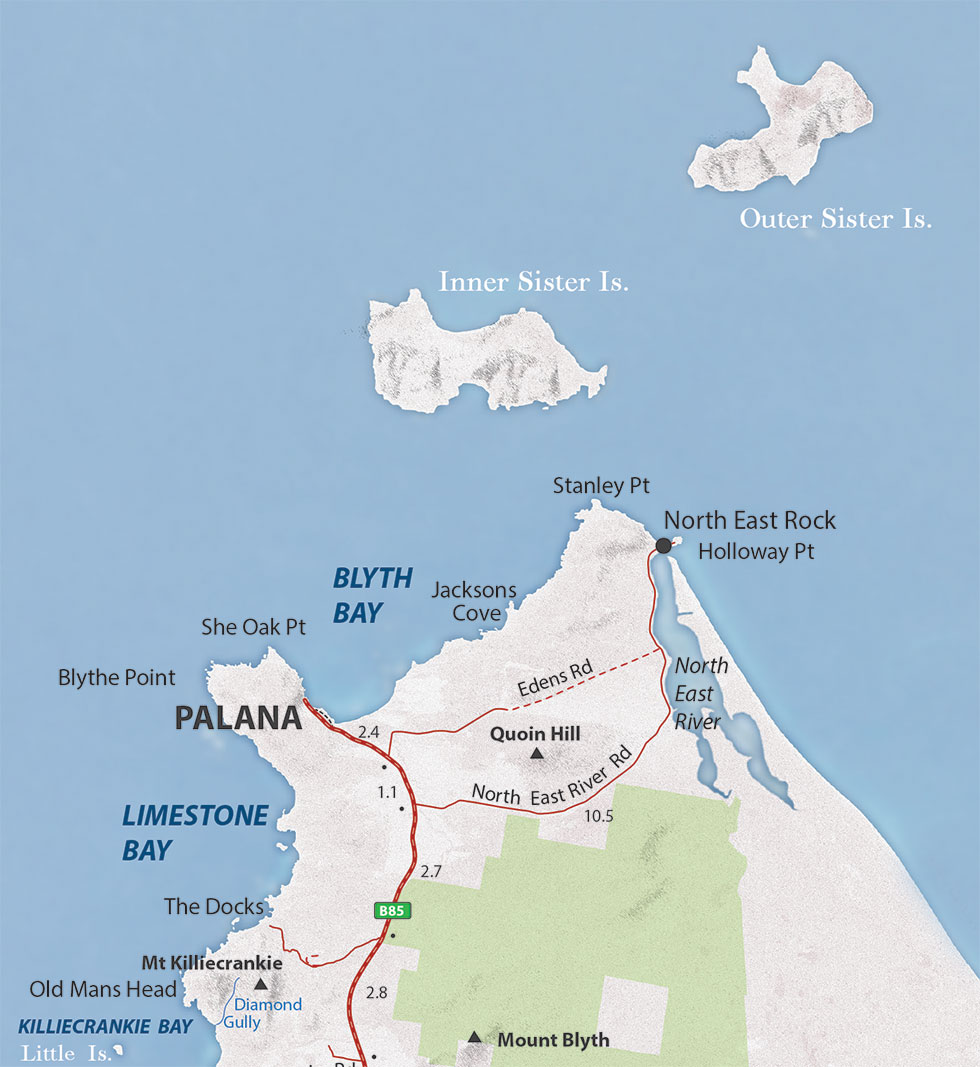
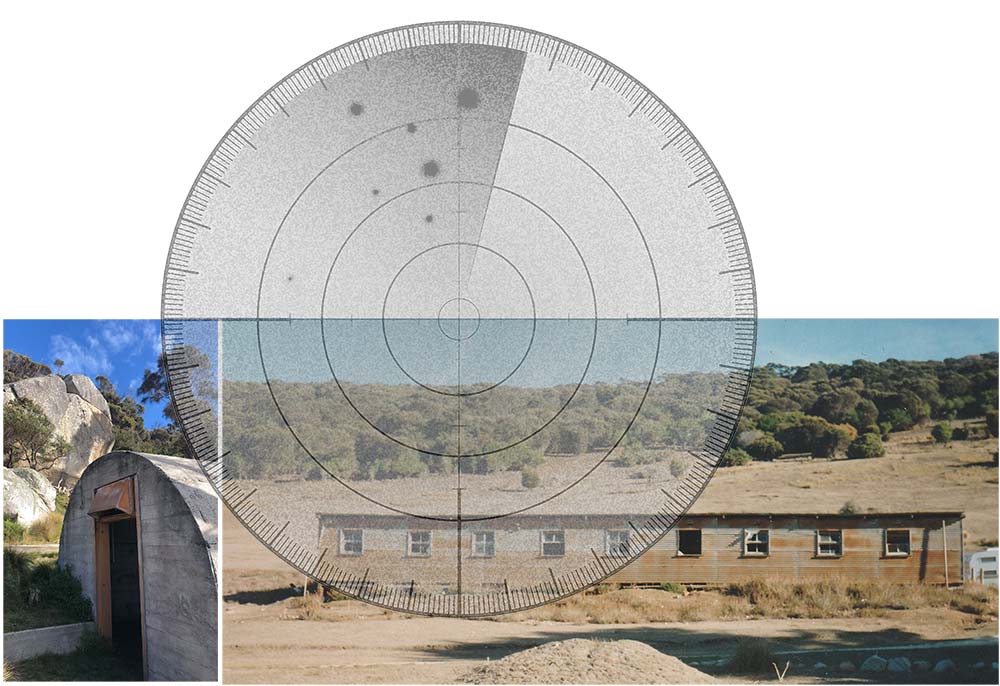
More about Palana ...
In 2010, a body of research about Palana was compiled by D. Lovegrove. This was edited in 2019 by Anna Anderson to give us a good insight into this special place on Flinders Island. They note that Annie and Mary Eden lived at The Hermitage, Palana all their lives.
Mary never left Flinders Island and Annie only seldom. They had another sister Amy who left the island when she grew up. Amy married and lived in Launceston and other parts of Australia, later settling in Perth with her second husband Patrick Walsh.
Their parents were John (Jack) and Emily Eden (nee Dicker). Jack was employed as the boatman for the Blyth brothers who had the lease of the inner Sisters Island.
The Eden family farmed the small Hermitage acreage. The Hermitage was the first freehold title issued when Flinders Island was opened up for selection in 1889. Their next door neighbour was George Boyes who it seems owned the whole Hermitage property on which the Eden cottage was situated. However, one block on the north side of Edens Creek has Eden as the original owner on the early map.
When Jack first and then later Emily died, Annie and Mary continued on with the almost self sufficient farming life. They grew onions and potatoes, farmed sheep and cattle, sold cream to the Butter Factory, often transporting the cream as far as the Quoin by horse and cart. They supplied eggs to the Interstate Hotel in Whitemark. Annie sheared the sheep with hand shears.
In 1941 George Boyes died and the property was left to the Eden girls. At this stage Annie moved into the Boyes cottage (generally called the Hermitage). In later years after their mother Emily died Annie moved back to the Eden cottage to live with Mary. Both women lived to their 80s.
Annie and Mary kept diaries and the Museum has many of these – some of which have been typed up for easier reading.
The Eden cottage is close to Edens Creek in Edens Road (which used to be the road to North East River) and has been maintained by successive owners.
The ruin of the Hermitage cottage, a red roof and close to the creek, is still visible from Palana Road as you drive east. The ruin is on private property.
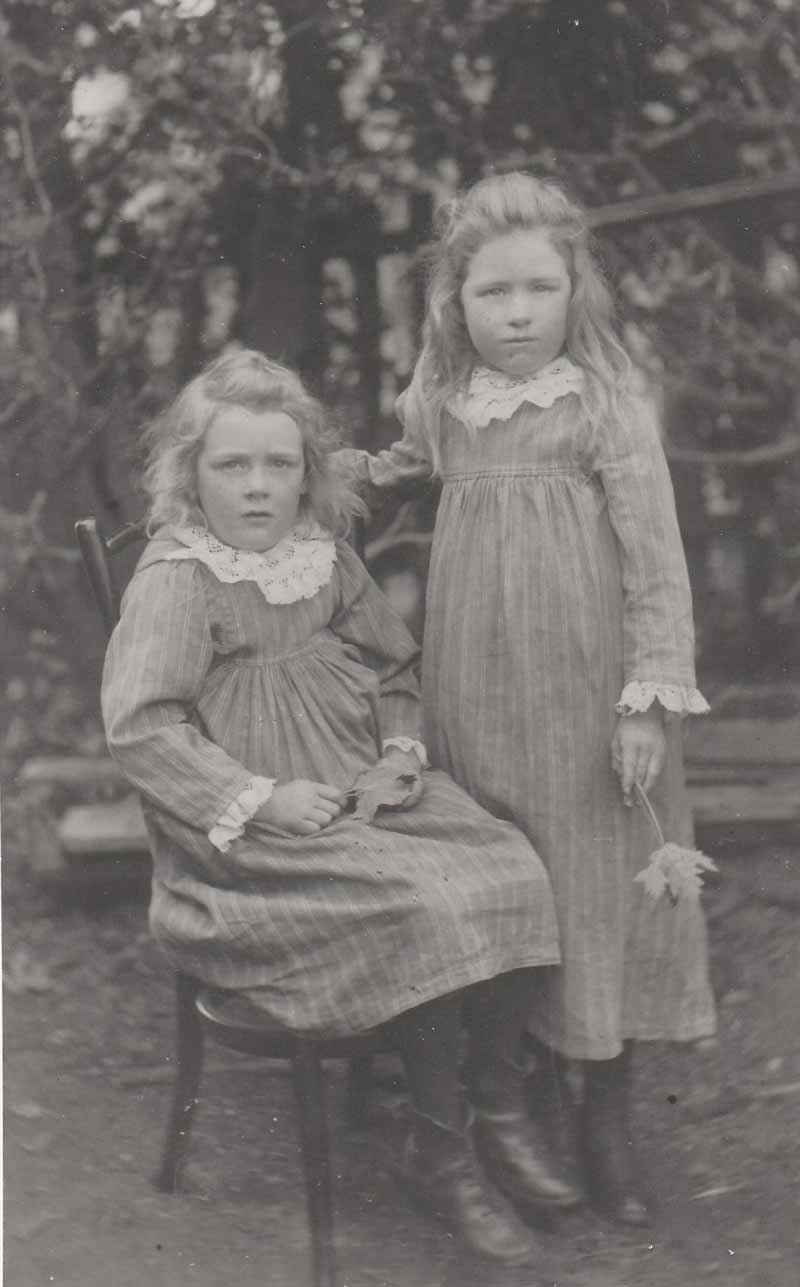
Annie and Mary Eden
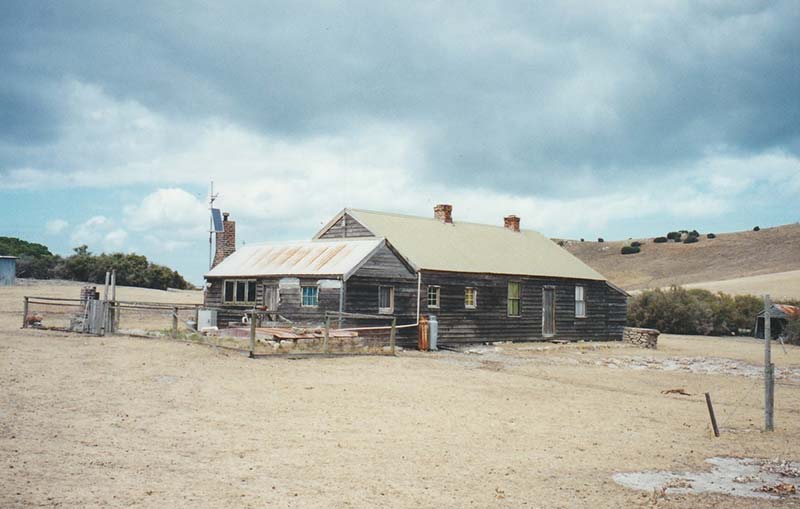
The Blythe House on West Sister Island
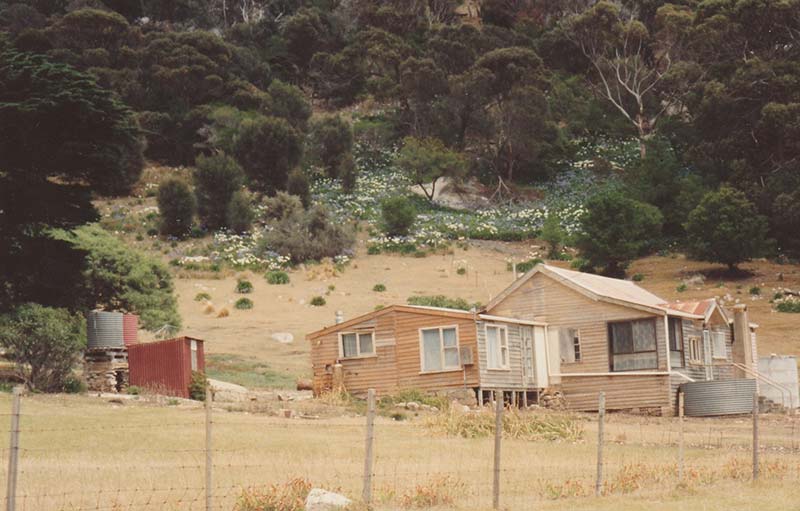
The Blythe House at Palana showing the Arum Lilies growing around the family graves.
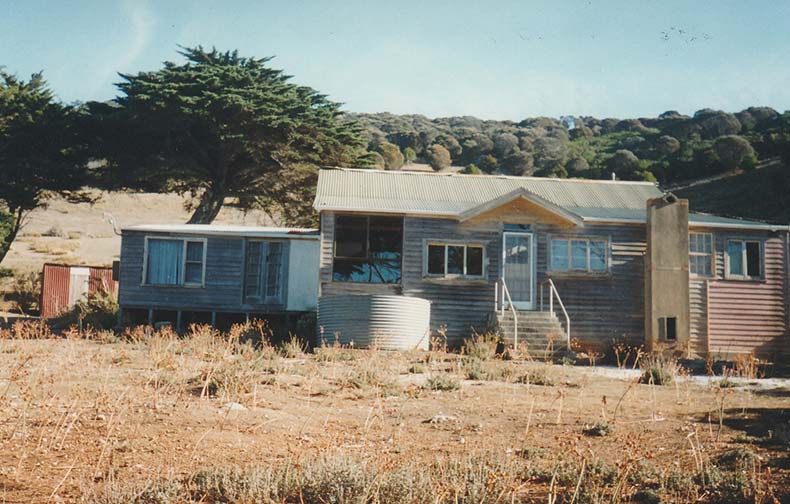
Originally owned by George Ferguson, this house was bought by Robert Blythe and is still owned by his descendents.
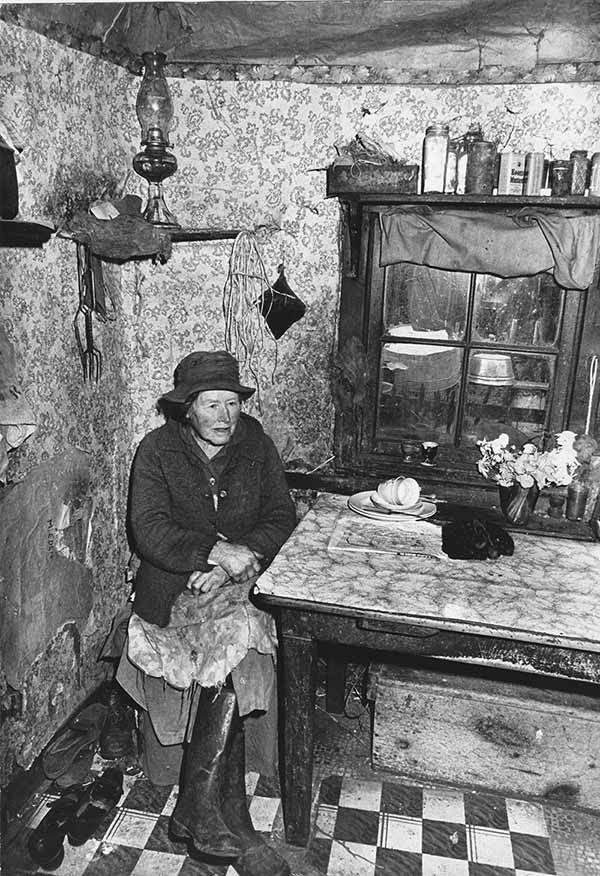
Mary Eden in her home at Palana in 1976.
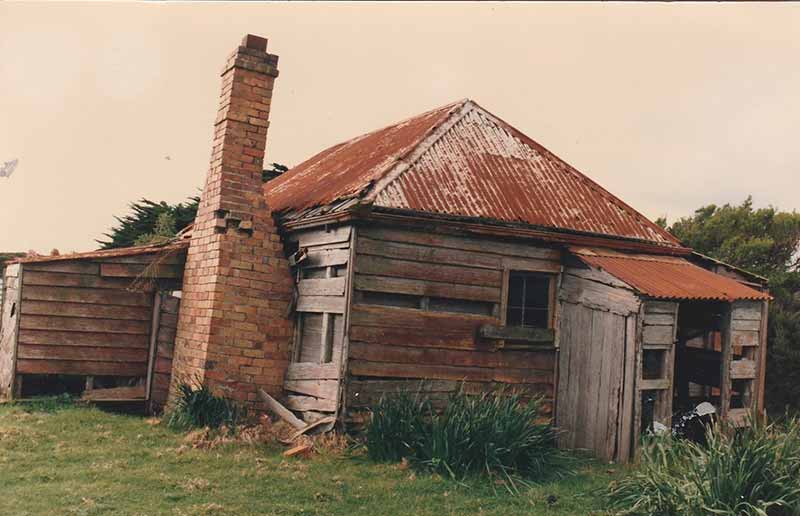
The ruin of the Hermitage seen here in 1988.
